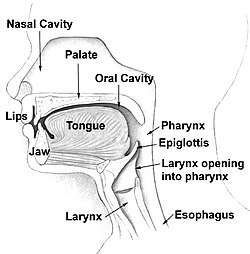Reflection for the science biojournal
When I am researching on the digestive system, I found a lot of interesting information on the digestive system, like example an adult’s esophagus can be fourteen inches long or like the liver is the largest internal organ. I also learnt that an average human stomach can hold up to one thousand five hundred milliliters of material and our entire digestive tract is up to thirty FEET long!!! There are a lot of interesting and new information that I have found but one of the most fascinating information is that there are almost up to 400 types of bacteria in our body that is definitely something I have never learnt before! I feel that this biojournal has made me learn a few extra things other than what has been learnt in class, also allowing me answer some unanswered questions.
Even after researching, I still have some unanswered questions that I can’t find on the internet, like what does the mucus in the stomach contain so that it will prevent getting digested by the gastric juices? Or like which is the most important part in the digestive system? Another question is “Why is the appendix function (all it does is give people appendicitis)? “ There are a lot of questions and finding all of them is difficult so these are some questions that I wasn’t able to find.
There are some problems for example, some information might be fake and probably causing more time wasted. Apparently I solved this problem by checking multiple web pages to ensure uniformity and not making any mistakes. Another problem is that most of my friends want to use my glog as example but I am afraid they might just copy and paste and tell the teacher that I copied theirs instead of the other way round and I would be their scapegoat, to solve my problem, I only gave my Uniform Resource Locator (URL) to some people that I trust. Another problem is time constraint to do this project because researching and paraphrasing were not easy processes. To overcome this problem, I paced out my time so that I complete one section every time which takes about one hour per day.
I chose this topic because I like to research on the human body because it is very appealing. I like most of the systems inside the body because I find it very interesting and especially that we only learnt a few things about the digestive system in primary school but now the information is more in-depth making me more interested. Researching improves on the information and thus I can learn even newer things.
In this project I also learn how to use the application called glogster and I also learnt that you need to be able to plan your time well so that you can complete it. I also learn that you can’t start at the last minute because as I see it, some of my friends did it at the last minute and their end product might not be as good.
I feel this project is very good because most of us learn new things, it also enhances our information on our topic so that we are even more prepared on that certain topic during the exam. This project also is good because we have to do our own reflection as reflection is important or you might as well copy paste and not learn anything. Also this first part of the project would make our chemistry project a lot easier.




